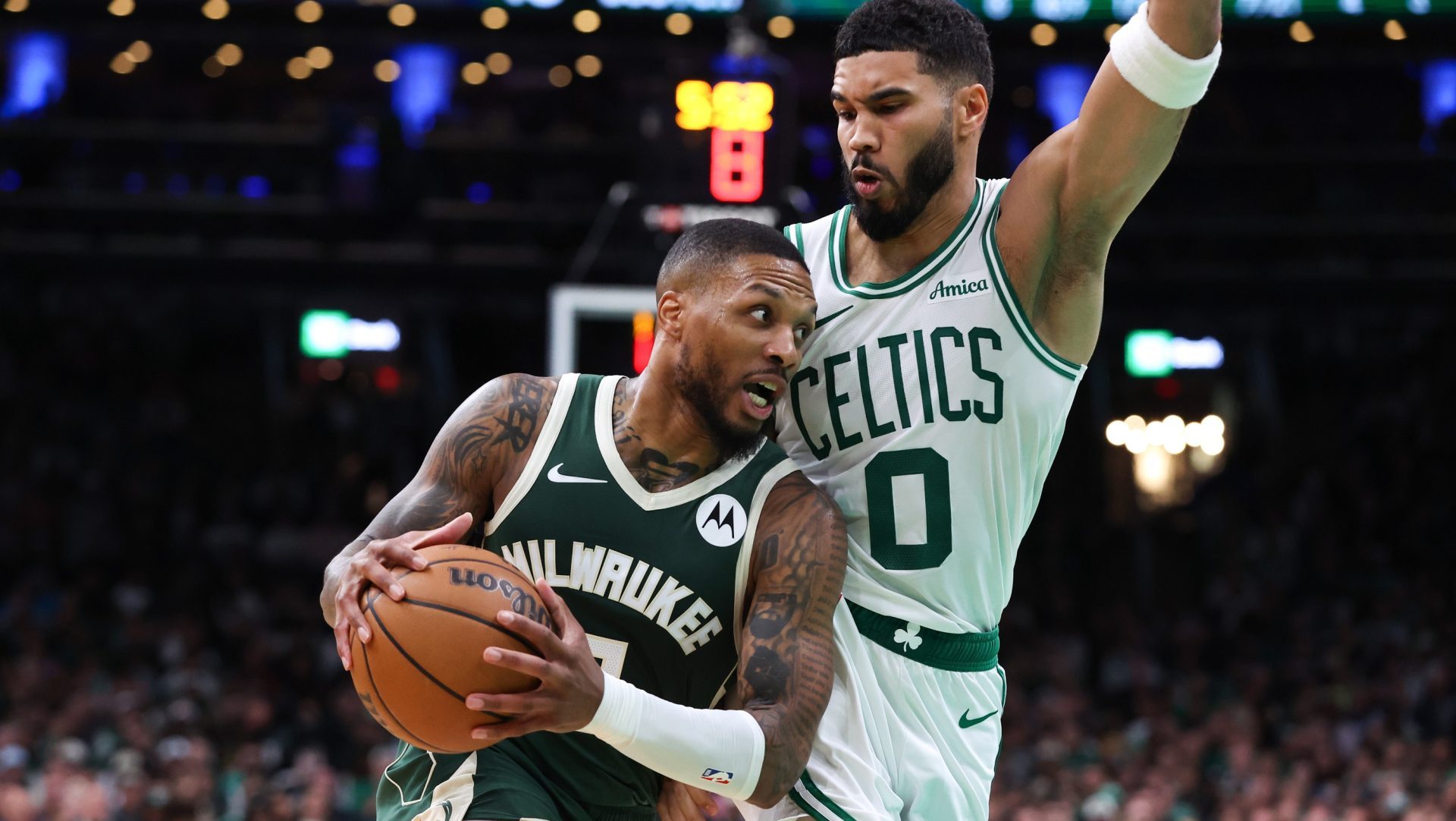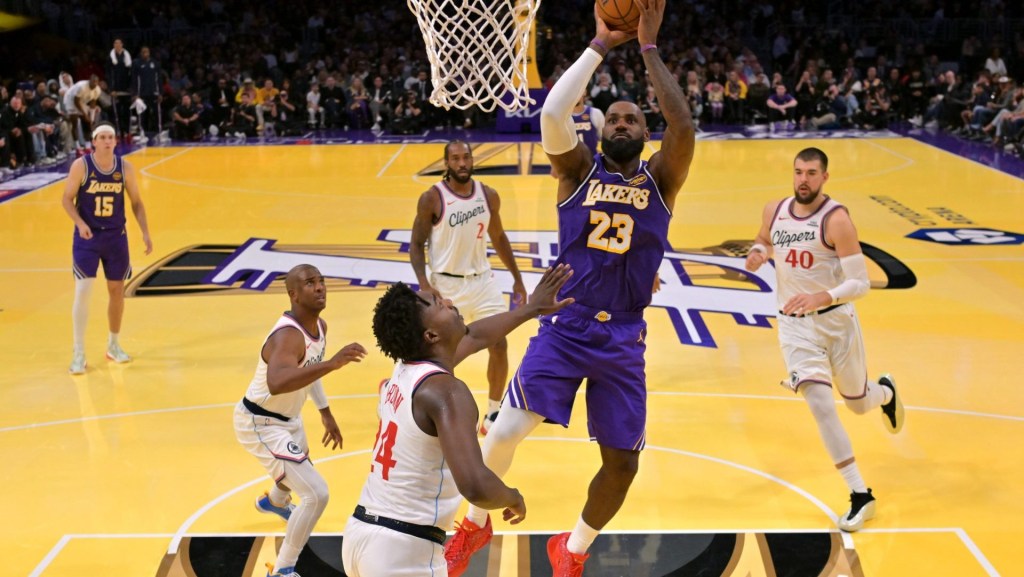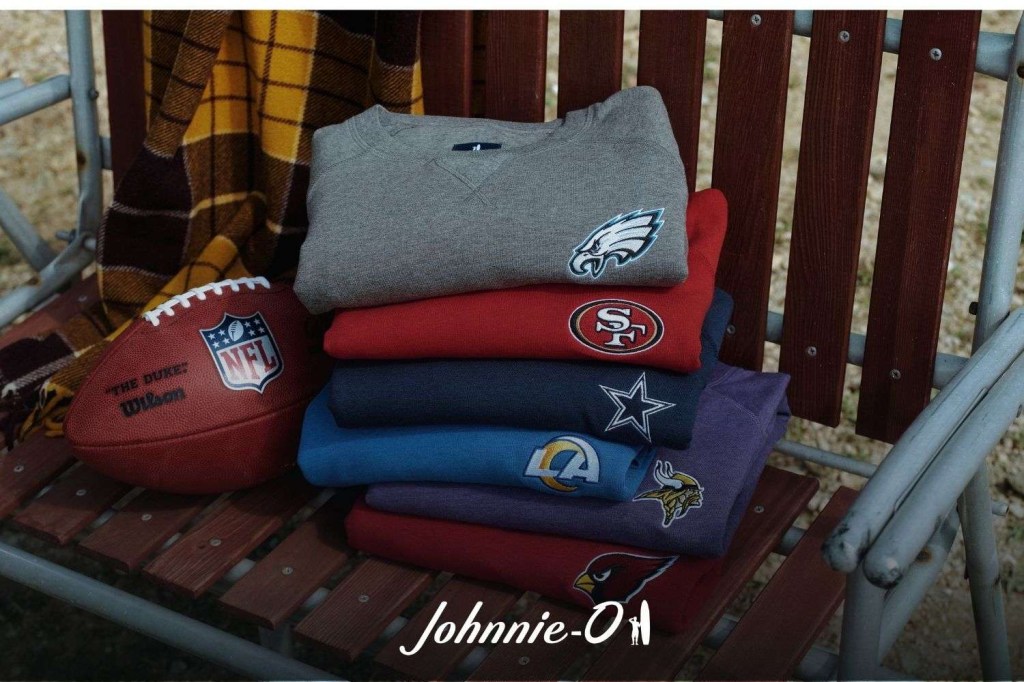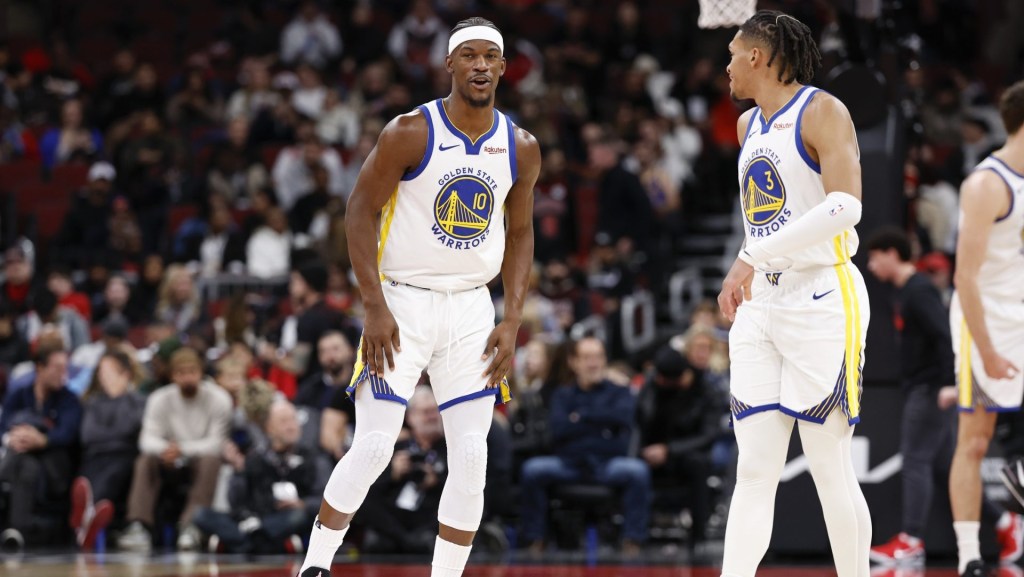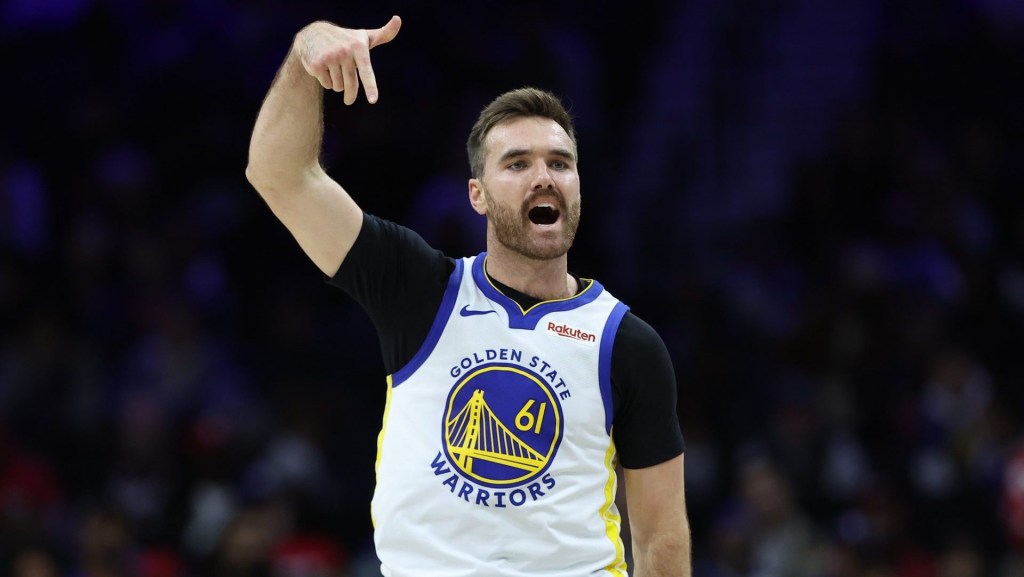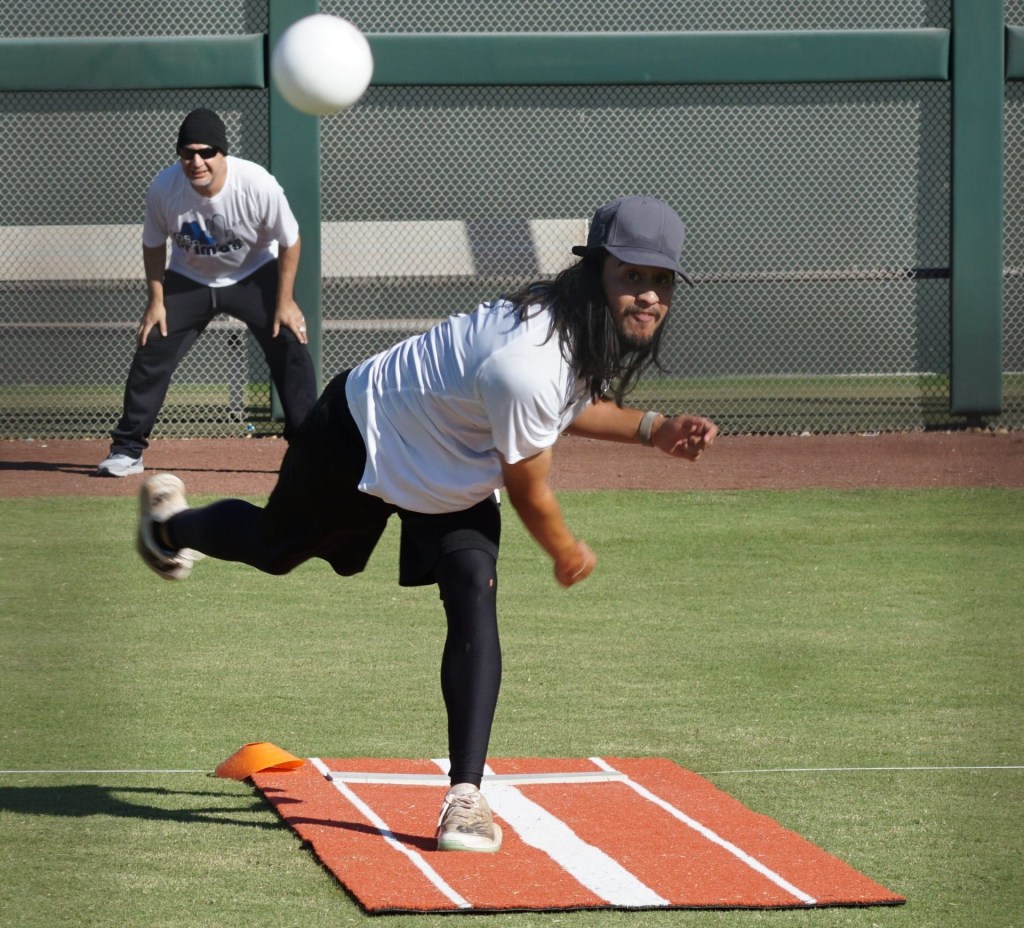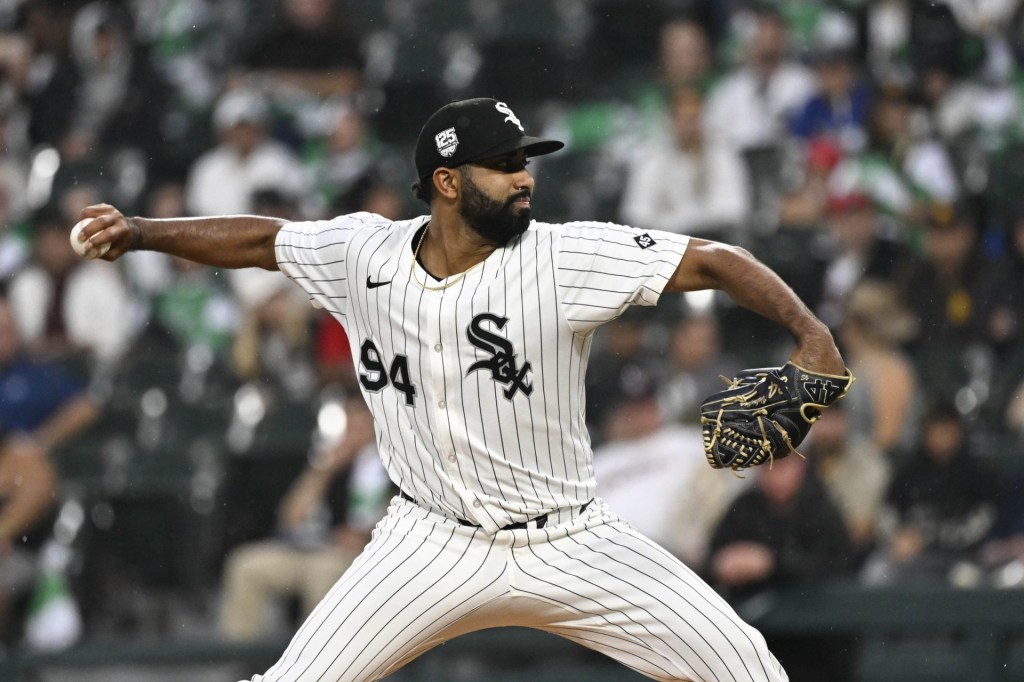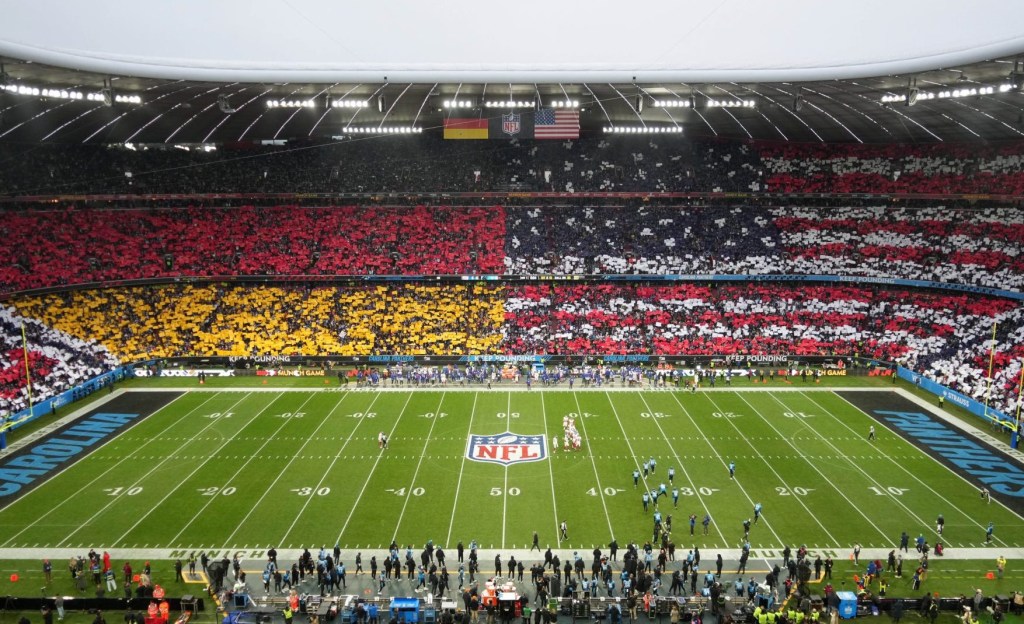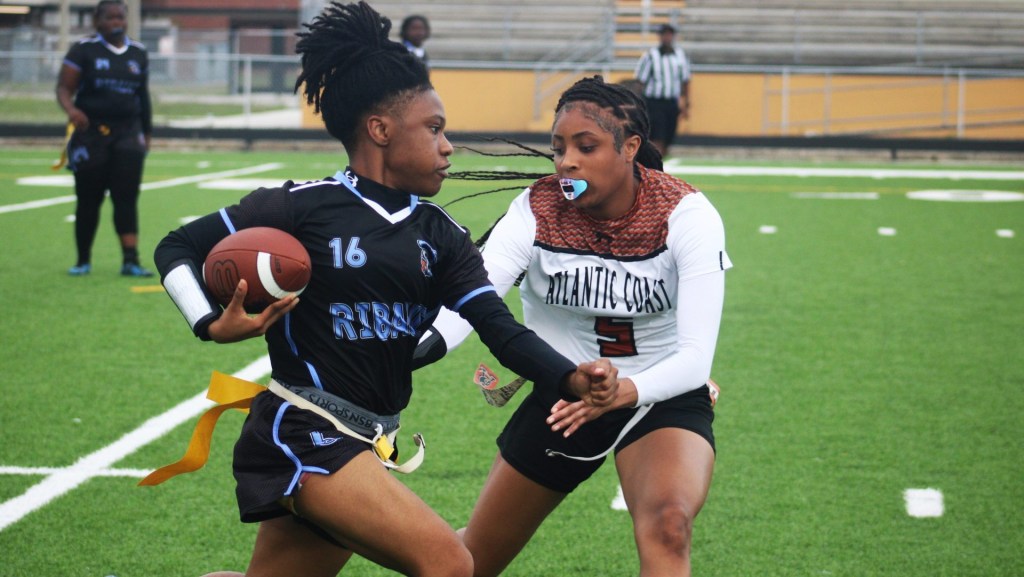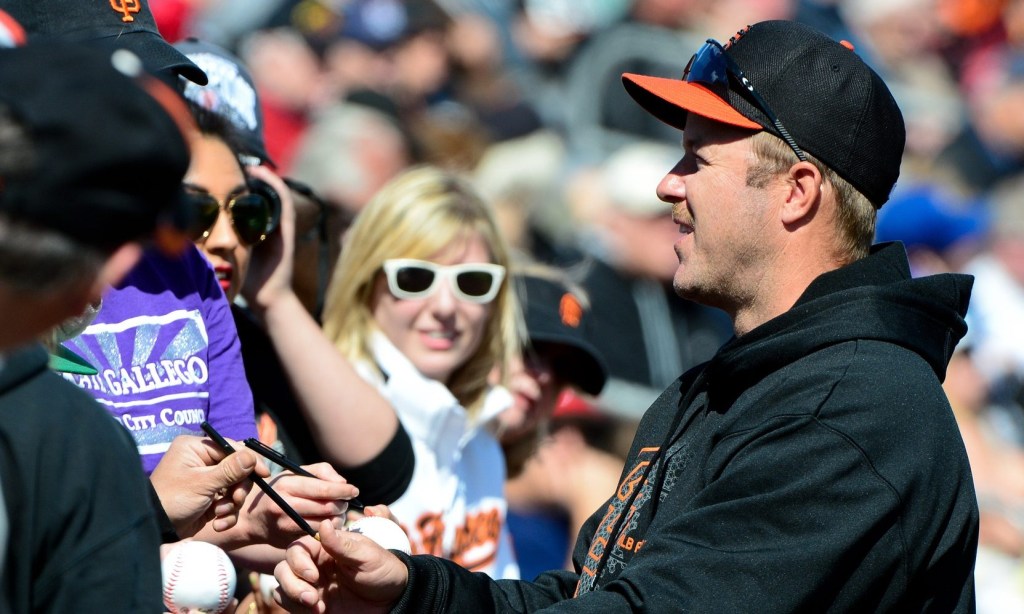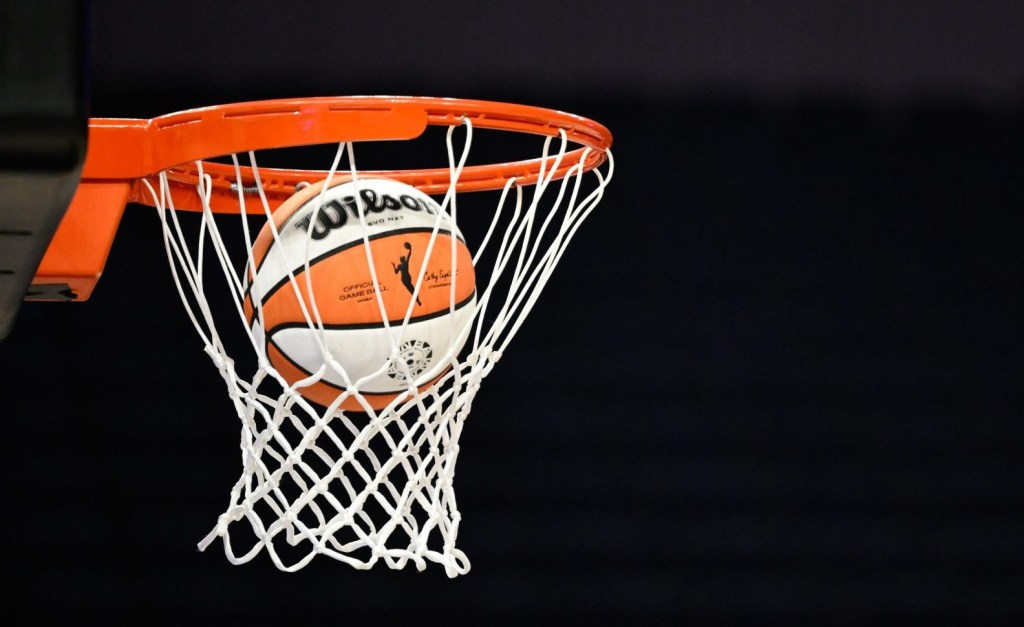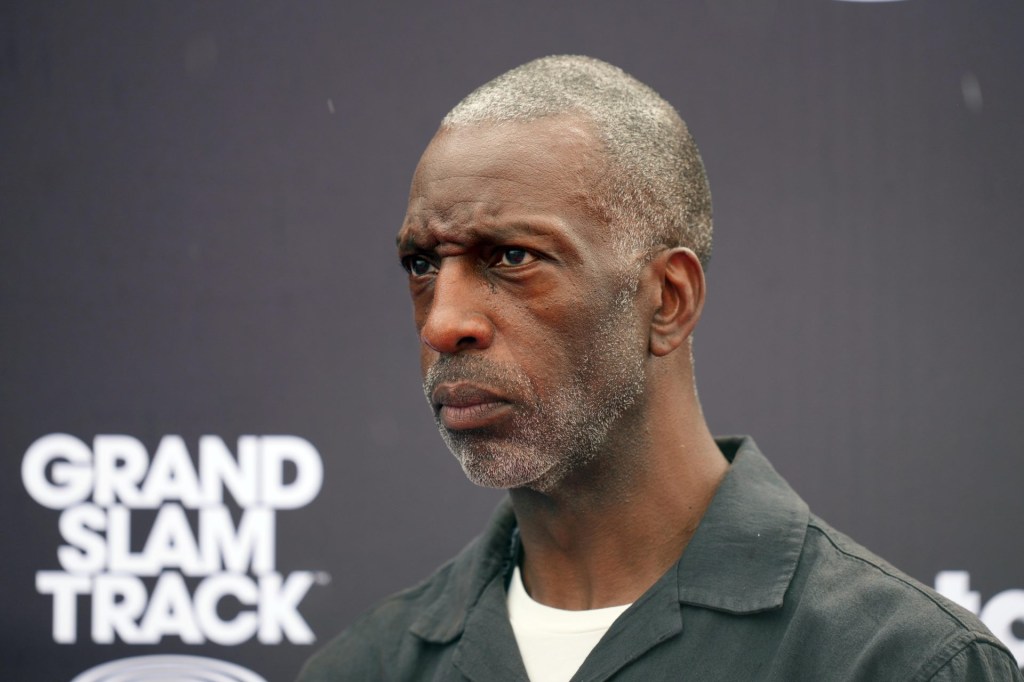In a 15-day span, two NBA superstars suffered season-ending Achilles tears: Damian Lillard on April 27 and Jayson Tatum on Monday.
Six NBA players have ruptured an Achilles tendon this season, an injury with a recovery time of about a year. That’s on top of those who have torn their ACL, including Mavericks star Kyrie Irving, who has a similar recovery time.
Season-ending injuries aren’t necessarily new, and the risk comes with the territory in sports. However, this year’s regular season saw the most cumulative games missed due to injury or illness (6,779) when excluding COVID-19-related absences, according to Jeff Stotts of In Street Clothes.
There’s an argument that load management—which is when teams deliberately rest players—factors into the increased number of missed games. But the volume of players who have faced serious injuries in the era of load management shows a fundamental problem exists.
Lengthy Schedule
Many have posited that the NBA needs to shorten its 82-game schedule.
The league has cut down on games on back-to-back days or three games in four nights. But in the past few years, the NBA has also added games through the play-in tournament and the Emirates NBA Cup. (Lillard played in the NBA Cup final, which was an 83rd game for the Bucks.)
Tatum, known before Monday’s injury as one of the most durable players in the league, played the most games of any NBA player since he was drafted eight years ago (706). Irving led the league in minutes between the Luka Dončić trade on Feb. 1 until his injury on March 3.
Tough Sell
Any schedule change will need the approval of the owners. That will be a tall task because fewer games mean decreased gate revenue, and it may also lead to complications on local TV deals.
There’s a case that a shortened schedule would raise the value of each game, resulting in better ratings and more competitive games akin to the NFL. But each NFL team plays a 17-game regular season, a fifth of the games of an NBA team. The NBA would need to find a sweet spot that would bring enough of a viewership boost to justify the revenue decrease. Fans would also have to be ready to swallow an uptick in ticket prices for NBA games.
It’s a difficult business decision to throw at owners. In the meantime, the trickle-down effect appears to be dealt to the league’s players.
